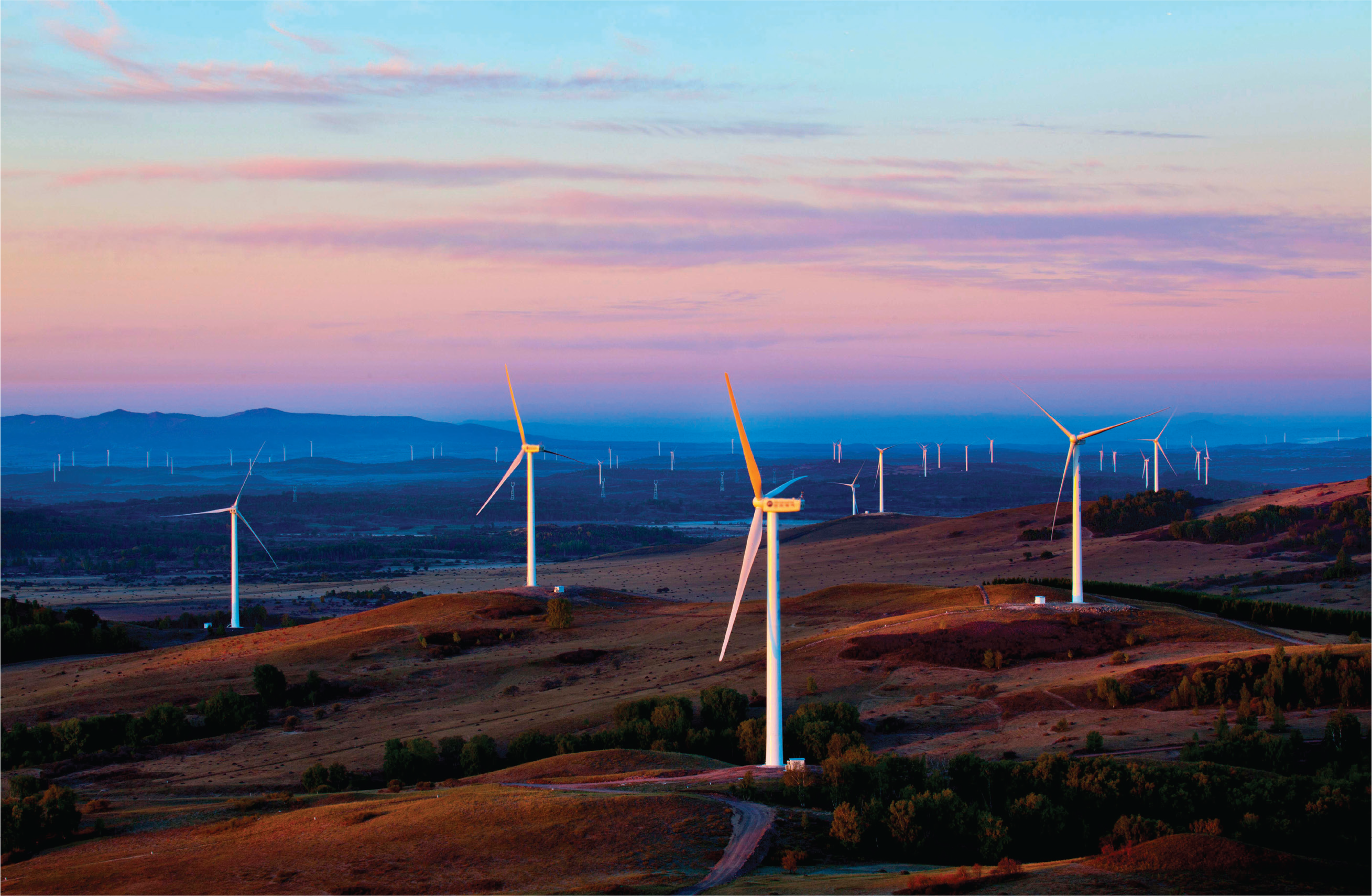
Windmills and solar farms are popping up in southern Alberta like dandelions in spring.
The Canadian Renewable Energy Association estimates the province’s deregulated energy market led to the installation of more than 1,600 MW of renewable wind and solar energy generation capacity between 2019 and 2021, representing more than $3 billion in investments.
The moves are the result of more than just deregulation and vast solar and wind resources in southern Alberta.
Alfred Lee, portfolio manager and investment strategist with BMO Asset Management Inc., attributes much of the sector’s success to government sticks and carrots, including the carbon tax and various government subsidies.
“There’s a huge global government push toward clean energy and renewable energy,” he said. “The main goal is just to transition away from fossil fuels.”
Lee said investing in the entire gamut of clean energy makes a lot of sense right now.
“Wind, solar, hydrogen — they’re all good,” he said.
Bloomberg New Energy Finance estimates that global investment in the low-carbon energy transition totalled US$755 billion in 2021, up from US$595 billion in 2020 and just US$264 billion in 2011.
These figures include investment in renewables, storage, charging infrastructure, hydrogen production, nuclear, recycling, and carbon capture and storage projects, as well as end-user purchases of low-carbon energy devices such as small-scale solar systems, heat pumps and zero-emission vehicles.
Much of the impetus for clean energy is coming from aggressive greenhouse gas (GHG) reduction targets set by governments. Canada has committed to reaching net zero by 2050, meaning either no emissions of GHGs by 2050, or that all emissions are compensated for by removing carbon from the atmosphere through other actions.
Similar commitments have been made around the world, some even more stringent.
Lee said this has led to increased capital expenditures dedicated to renewables.
“Until recently, a lot of these firms weren’t that profitable,” he said. “They’ve recently started becoming profitable, and they’re also getting a lot of subsidies that traditionally would have gone to fossil fuels like natural gas and oil.”
Lee added: “The future is definitely in clean energy.”
But Mike Dragosits, a portfolio manager with Harvest Portfolios Group, said the sector still faces headwinds.
“Many clean energy stocks are lumped into a style bucket as ‘growth’ stocks and therefore have experienced a high beta to rising interest rates and style rotation, as the market grapples with what to pay for fundamental growth further out into the future,” he said.
While clean energy stocks have fallen in 2022, Dragosits said those stocks “have seen some positives from the Russian-induced energy crisis and the big accelerated policy announcements. Given that the story is one that will snowball over decades, the fundamentals sometimes take a backseat to market jitters in the short-term.”
Dragosits said the Harvest Clean Energy ETF has a roughly 11% allocation to Canadian names, including Northland Power, Boralex, Innergex Renewable Energy, Brookfield Renewable and TransAlta Renewables.
“They are all dedicated renewable power generating companies with a majority of their business focused on renewable energy, not traditional energy companies with a renewable arm,” he said. “However, because we see the clean energy transition as a global trend, the HCLN ETF offers global exposure.”
As for investment opportunities in Canada, Lee said he likes Ballard Power Systems, Northland Power and Boralex.
Clean energy will gradually become a more significant part of any well-balanced portfolio, he said. “I would view it as a complementary position to what you are already holding as that industry continues to transition into clean energy.”